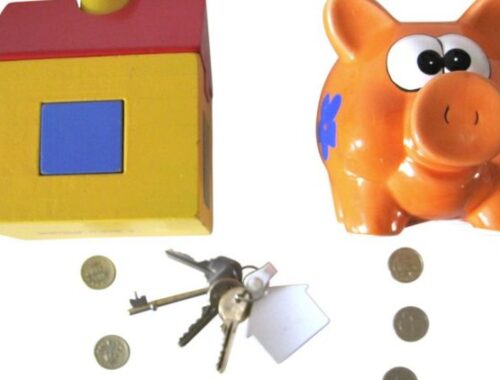
6 Essential Steps to Follow When Buying a House
For many first homebuyers, entering the property market can seem like an almost impossible prospect. Attaining a home loan, working out what a conveyancer is and why you need them, and even just understanding the property settlement process can be daunting. Buying a house is a lot harder than it was only a couple of decades ago, however, it’s not as impossible or confusing as you might think.
Here, we look at the six steps that will help make buying your first property a little less full on.
Research, Research, Research!
The first step in making your home ownership dreams a reality is to decide exactly what it is you’re striving to accomplish. You know you want to buy a home, but what kind of property do you want? An apartment? A unit? A three-bedroom house with a backyard? You should also know what kind of area you want to live in. Each suburb in each city and state across Australia has a unique property market, where house prices might be more affordable, or they might fluctuate more.
Then comes the question of new or existing? There are a lot of new housing developments across the country that are being established to handle population growth and to tackle the housing affordability crisis that’s still plaguing much of the country. Whether you opt for a new or existing dwelling can also influence your eligibility for certain grants, like the first homebuyers grant.
Do your research, and make your decision based on what you can afford, but also based on your lifestyle goals – just remember to be realistic.
Start Saving
So, you know what you want and you have a goal to work towards – now it’s time to start saving. A lot of lenders want a 10 to 20 per cent deposit, so you need to have the dedication required to save tens of thousands (maybe even hundreds of thousands) of dollars, while also proving that you’re responsible with money and have a good credit ranking. For instance, if you’re buying a $600,000 deposit, you’ll need to have a deposit of at least $60,000, ideally of $120,000.
Lenders do sometimes loan money to buyers with smaller deposits, however, you might then get stuck with the added expense of lenders mortgage insurance (LMI). This is a cost that’s added to your loan to protect the lender if you’re unable to make your loan re-payments further down the track. Another option is to get a guarantor. This is usually a close relative. If you were to default on your loan repayments, your guarantor would then be held responsible. While this is a possibility, it’s far from an ideal situation.
Seek Professional Assistance
During the purchase process, you can consult with real estate agents in your desired area to assist with your property search, hire a conveyancer to handle your property settlement needs, and of course, you’ll need a mortgage broker or financial advisor to get your finances and home loan needs in order.
Working with a mortgage broker is extremely beneficial, as they will be able to assist you with finding the right loan for your needs, while also assisting you with any applications for any grants that you’re eligible for.
Inspect the Property Thoroughly
Once you’ve got your home loan pre-approval, you’ll be free to start looking at properties and making offers. When looking for a new home, a cursory 10-minute look won’t suffice. If you’re really interested in the property, pay close attention to the property, whether it needs any renovations and if you can imagine yourself living in it, but also scope out the area. Do the neighbours seem noisy? Are the shops close by? Is there public transport that’s accessible? While a house can be changed to suit your needs, you can’t change the neighbourhood, so make sure it’s suitable for you before you start making offers.
Do a Building Inspection
So you’ve found the property you want to buy, but is it as good as it looks? When the seller accepts your offer, you have the right to request a building inspection. The inspector you hire will go through their professional checklist and will let you know if there are any issues with the property.
Some of the things they will look at include:
- The interior and exterior of the home to see if there are any defects
- Outbuildings, such as garages and garden sheds
- The structure, including the foundations, walls and ceilings to make sure there is no damage, cracks or dampness
- Plumbing, looking for any leaks, drainage issues, water pressure and etc
- Gas connections
- Fences, paths and driveways
- Wiring and electrical switches
- Gutters, eaves and exposed pipes
- Safety measures, such as smoke alarms
Finalise Your Contracts and get Ready to Move in!
If you’re given the all clear by the building inspector, your finances come through and both the buying and selling party agree to the sale, you’ll be ready to finalise the purchase and move in!
Need a home loan broker in Sydney to help you with your finances? Contact Complete Financial Services today!
You May Also Like

5 Reasons Your Small Business Loan was Rejected
December 11, 2023
Home Loan Tips for First Homebuyers
December 11, 2023
